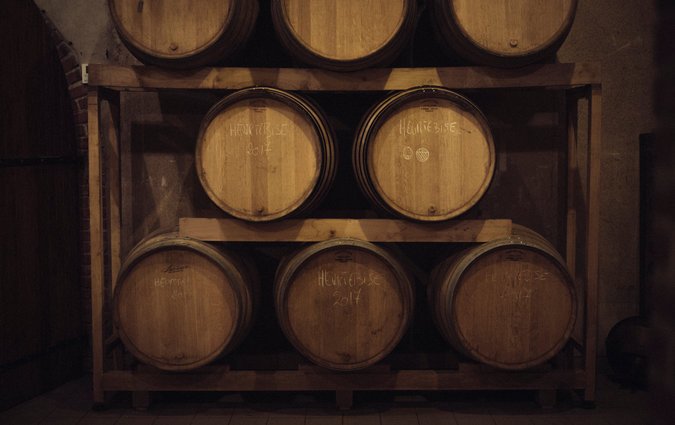By Eric Asimov Originally Posted December 21st, 2017
Artists often pick the same medium to convey what they’re most passionate about in life. It seems as though Alexandre Chartogne of Chartogne-Taillet is no different. His decision to make single-vineyard Champagnes is an attempt to fully understand the soils of Merfy, which is a commune in the Marne region of north-eastern France. Wine continues to be his medium but instead of a consistent house style, he’d like to show-off the terrior of Merfy – Marla Priest
Champagne, it is often said, celebrates the art of blending.
In the cellars of the best of the big houses, the chef de cave (the head of the winemaking team) selects from dozens of still wines, taken from different grapes grown in vastly different vineyards from many different vintages.
From these still wines, the chef assembles an ideal combination, which will then be bottled with a bit of yeast and sweetness. The resulting second fermentation in the bottle produces carbon dioxide, which creates Champagne’s sparkle.
This is how the best nonvintage Champagnes are produced. By the time these Champagnes are uncorked, the pleasures they offer will have little connection to the lands on which the grapes were grown. Instead, the Champagnes present, year after year, a consistent style embraced by the house.
Even as the vast majority of Champagnes are made in a similar fashion, a growing number now express a different point of view. Instead of wines that convey a house style, these Champagnes — often produced by small farmers who tend their own vineyards — reflect the characteristics of grapes grown in a particular village or area. They are specific, individual and occasionally quirky, rather than smoothly consistent.
Some producers have taken the notion of specificity even further. In the last 20 years, Champagnes in which all the grapes come from a single vineyard, or a single plot within a larger vineyard, have proliferated.
“It’s related to the return to prominence of vineyards and viticulture,” said Peter Liem, whose new book, “Champagne: The Essential Guide to the Wines, Producers and Terroirs of This Iconic Region,” chronicles the re-emergence of Champagne as an agricultural product rather than an object of urbane sophistication. “As people are paying more attention to their vineyards, that increasingly leads to winemakers vinifying different parcels separately.”
Read full article here…

